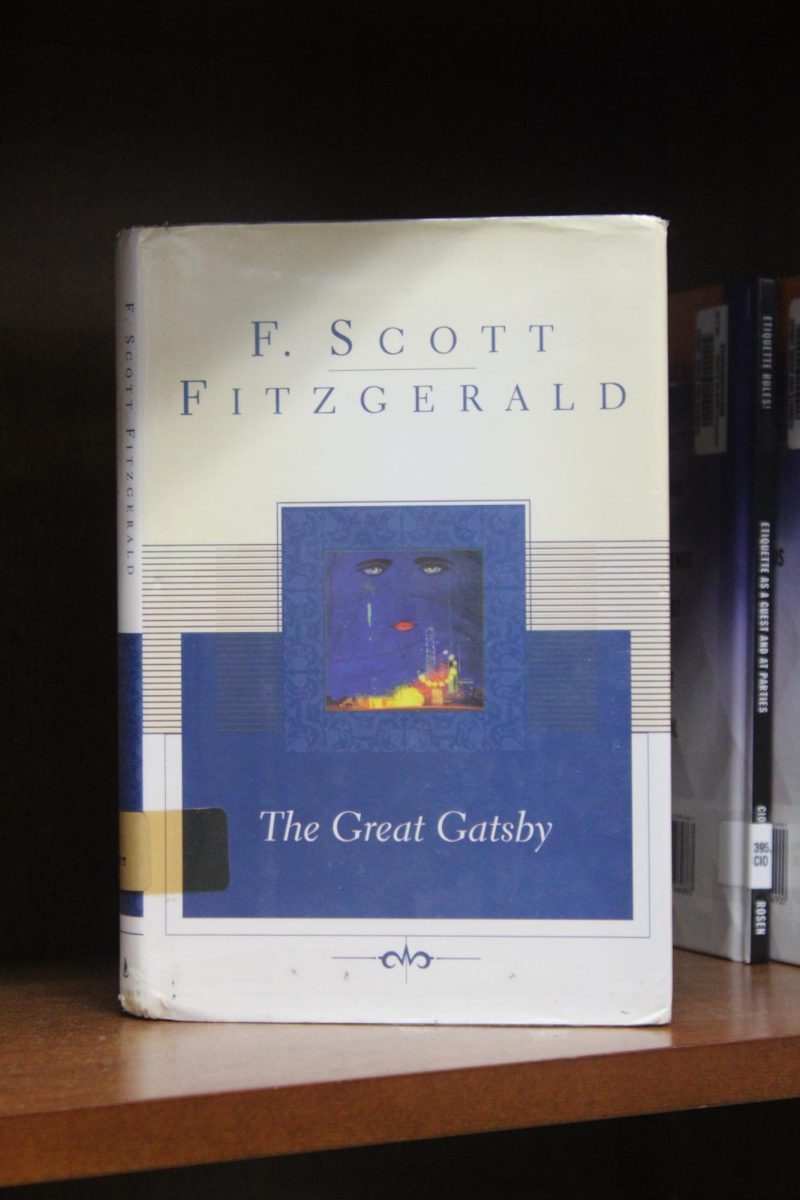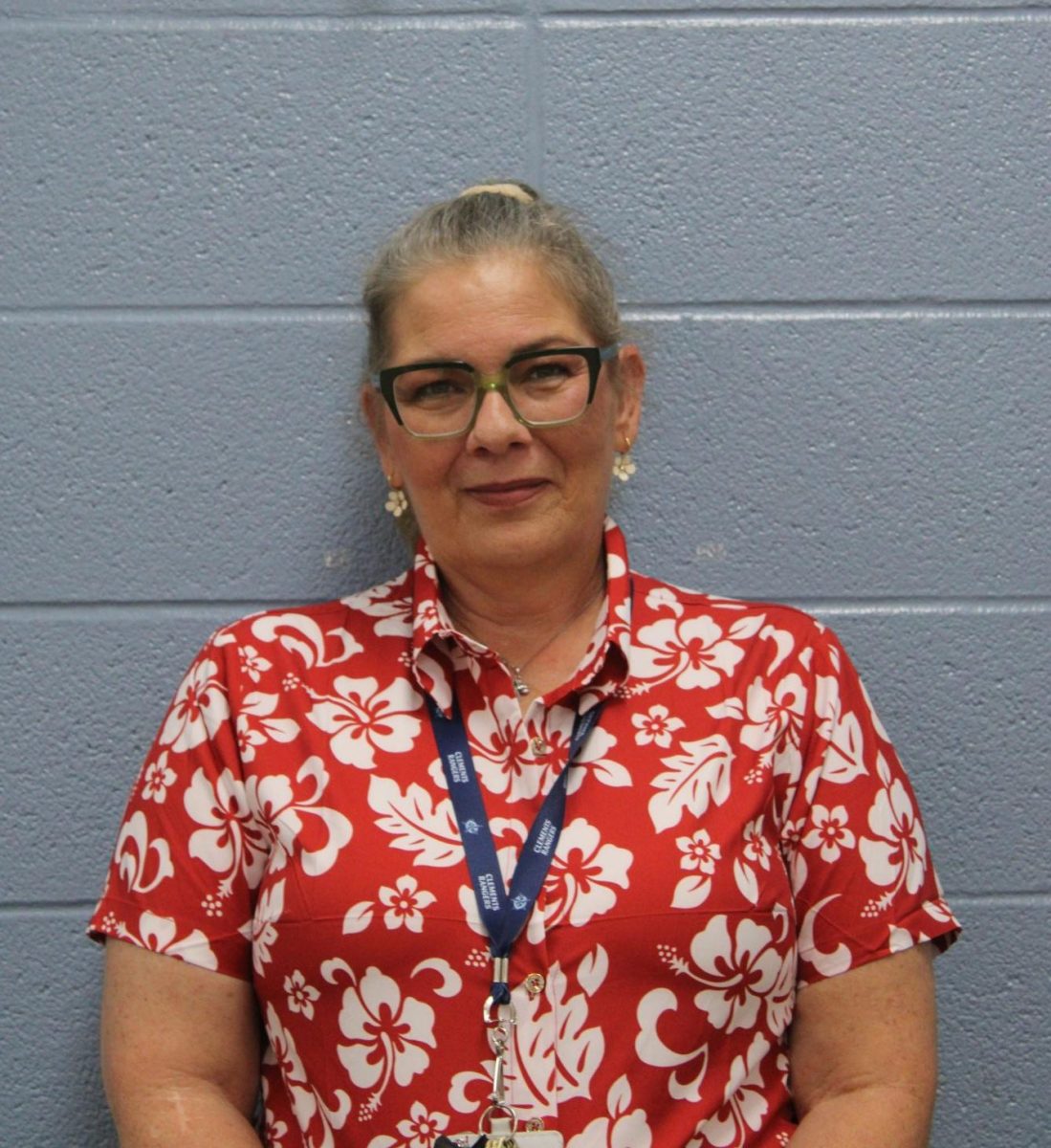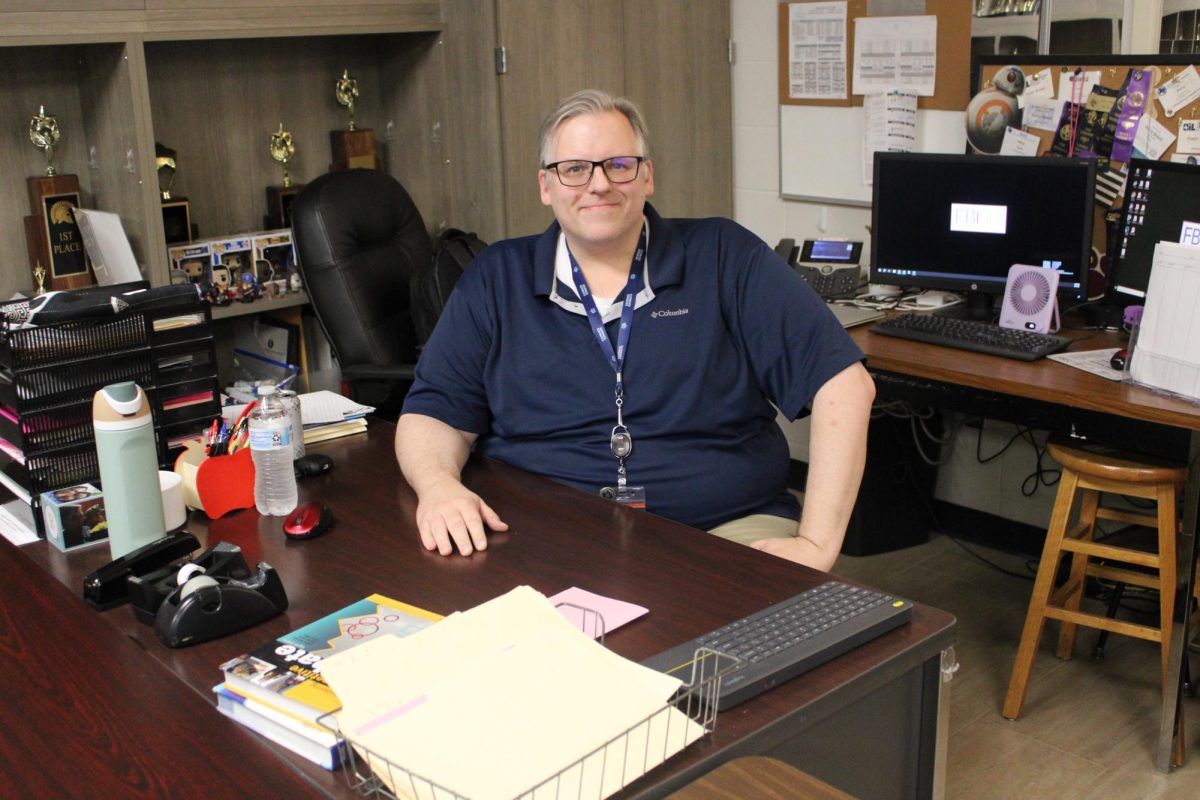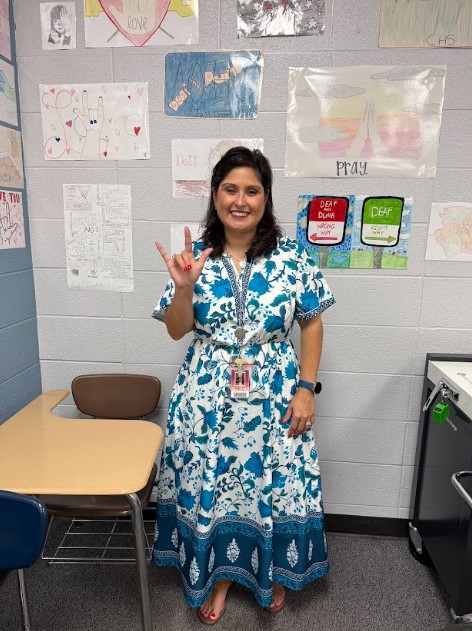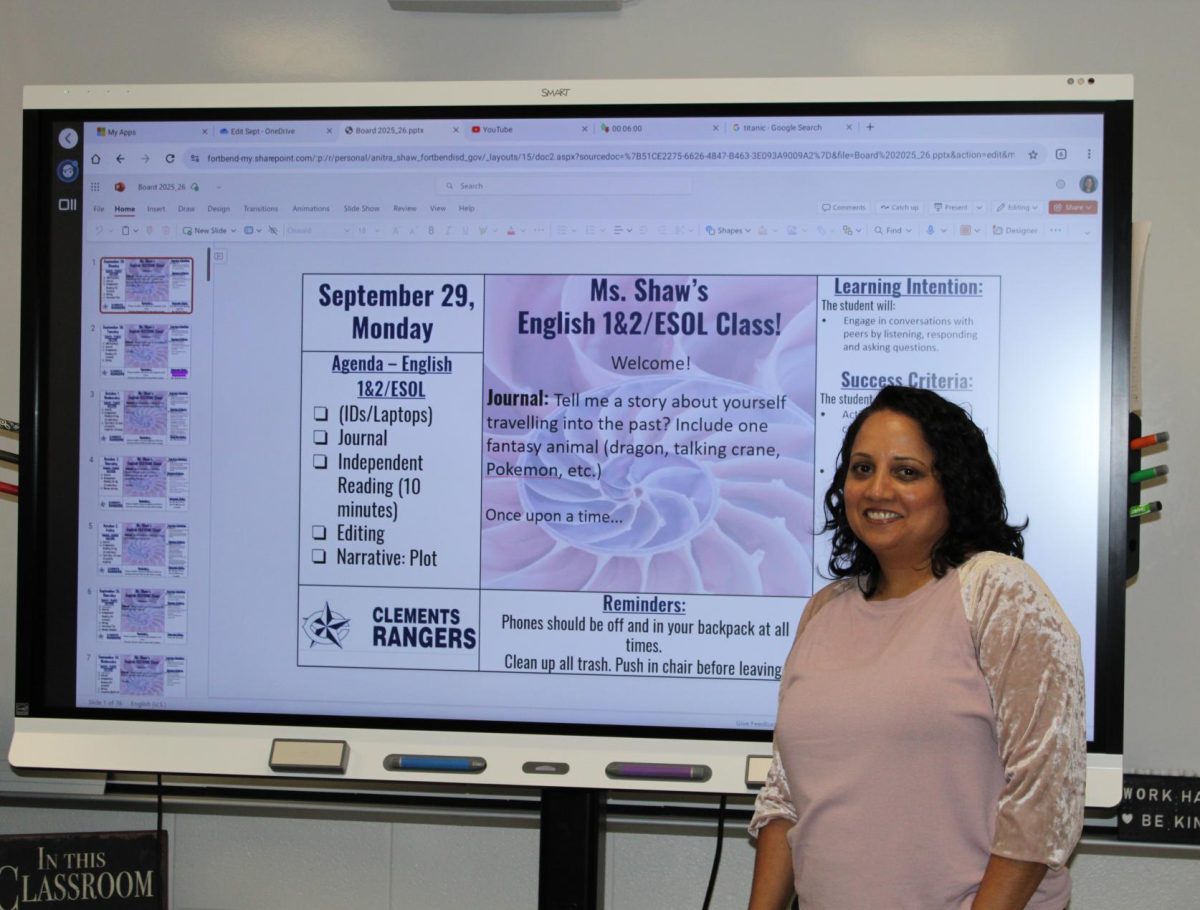CTV is the student’s voice.
A telegram.
A messenger that tells you what is happening at school.
It’s a 6 minute video behind which stands a story. A story that encompasses the efforts of many students who work and communicate to put out the correct information for the student body. Some of these students work on-screen while others work behind the screen. The work of each and every student is crucial to CTV production.
CTV is divided into 4 groups: anchors, clips, graphics, and weather and world news. Producers are in charge of these teams and all of them communicate to put out the news all 5 days of the week.
“Adrienne and Natalie, they’re in charge of clips because clips is a fairly large team,” CTV producer Juhi Godbole said. “And Oliver is in charge of weather and world news. And so the way that we divide the components for the show is basically people get to choose at the beginning what groups they want to be in and producers, they choose the people [and] they make the final list.”
Students in CTV are assigned a role at the start of the first semester and are trained accordingly. The role of each student changes with every semester.
“We introduce the roles of CTV in like a little dating game that we play,” Godbole said. “It’s not actually dating, but it’s like a game show type of way we introduce the roles. And from there, people get an idea of what roles are that we have in CTV and what they might have to do in each role.”
The news shown on CTV comes from the students and the teachers. Journalism teacher David Clayton highlighted the unique aspect of CTV being a “100% student-produced” news channel. The role of putting out news that is factual and correct requires work inside and outside school.
“During the class period before, like the day before the show goes out, the anchors will work on the script for the show,” CTV producer Adrienne Francisco said. “They’ll just write it and film in that class period and weather and world news does the same thing. But for clips, it can be filmed and created any day of the week before the day goes out. And then at the end of the day, in the afternoon, the producers, me, Juhi, Natalie and Oliver will edit the show at home and put it all together.”
The topics showcased on CTV are systematically arranged based on the dates of the upcoming events. Each day’s programming highlights relevant discussions, news, and activities, making it easy for viewers to locate information pertinent to what’s happening at that time. A challenge that Godbole faces as a producer is filtering out what information needs to come out first.
“I have people coming to me saying, ‘hey, like we submitted something for CTV, but it’s not on CTV yet,’” Godbole said. “Then I have to explain to them that because we get so much incoming information, we have to go out and filter the most upcoming information.”
Before the news is uploaded on Youtube, both Clayton and the producers look through the video trying to see if the information in the video is correct and of high quality. Godbole describes this as a “2-step verification process” which helps prevent errors.
“There’s a producer that edits them, they take turns editing the show, they generally do that at home,” Clayton said. “They put all the anchors, and the news, and the weather, and the clips, and the graphics, they put it all together into one show, and then they upload that to our show folder. And then I look at it, and then if I don’t see any problems, I’ll upload it to YouTube, and I’ll send an email out to the teachers with the link.”
CTV students need to ensure that the correct material is put in the folder on time so that the producers can edit it. These deadlines help producers edit the video so that it can be released during third period the next day.
“At the end of the day, us producers are also students,” Godbole said. “Editing the show is a very, very tedious process because we have to make sure every small graphic is correct, the timing is perfect, things like that. And so when someone doesn’t put in their clip on time, it messes with our schedule because we have to wait for them to edit their clip and put it in.”
Sometimes when the clip exceeds a certain time-limit, producers have to cut out some parts from the video. Godbole said that although this time limit may seem “daunting” at first, it helps ensure that CTV does not “drag”.
“I feel really bad when I have to cut out a certain part of the show, because I know how much work, hard work, went into creating those little segments,” Godbole said. “Because before I was a producer, I was an anchor, but before I was an anchor, I was also in weather world news. And so I have experience in every department that comprises CTV. So it just makes me feel really bad when we’re not able to put someone’s aspect into the show.”
Each year, a new group of students brings fresh ideas and unique viewpoints, enriching the channel with their distinct flavors and personalities. Francisco described the classroom atmosphere to be “creative” and “strategic”, and Clayton encourages his students to fully embrace their creativity and “make it[the news channel] their own”.
“I love the students who take this course,” Clayton said. “They’re very intelligent and they’re very active students. Students who are involved on campus, who are proactive learners, self-starters, people who are creative, and people who are very disciplined in what they do.”




